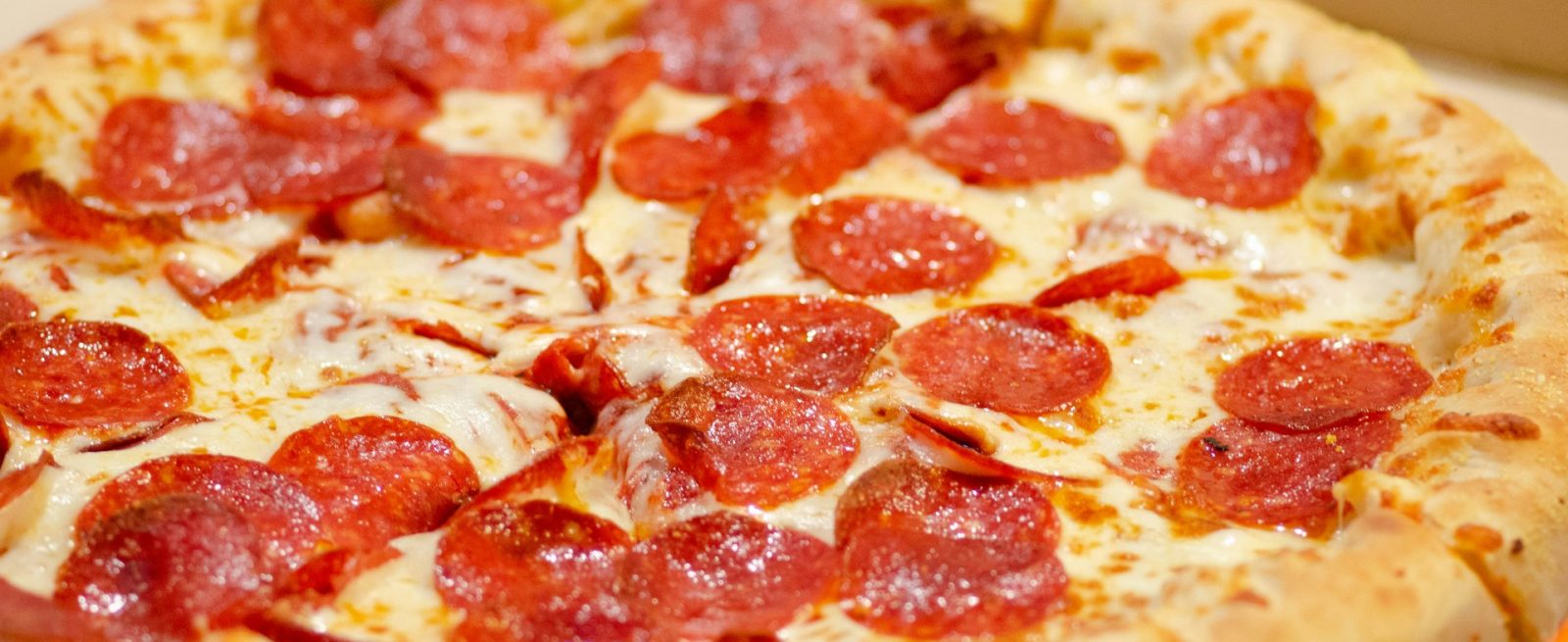Value Meals: A 3M Strategy for Restaurant Success
3 Min Read By Jana Zschieschang
May was a challenging month for restaurant companies. Shares of major quick-service restaurant (QSR) brands experienced double-digit drops, consumer confidence declined, and traffic at fast-food restaurants was down by 2.1 percent, according to the Revenue Management Solutions (RMS) Monthly Trends report.
Will the summer sun heat up sales?
The Summer OutlookTriple-digit temps might light up lagging traffic, but QSRs aren’t going to wait for the post-beach visits. Chains from major burger chains to Taco Bell and Starbucks have announced value meals designed to lure inflation-weary customers or keep loyalists from the grocery or C-store aisles.
But margins are at a historical low. Positive net sales in May (+1.9 percent YOY) and throughout 2024 were primarily due to price increases, which have surged nearly 50 percent in some segments since the pre-pandemic era and were still up 3.0 percent YOY in May. Extreme discounts, even in the short term, could impact…
Sorry, You've Reached Your Article Limit.
Register for free with our site to get unlimited articles.
Already registered? Sign in!


